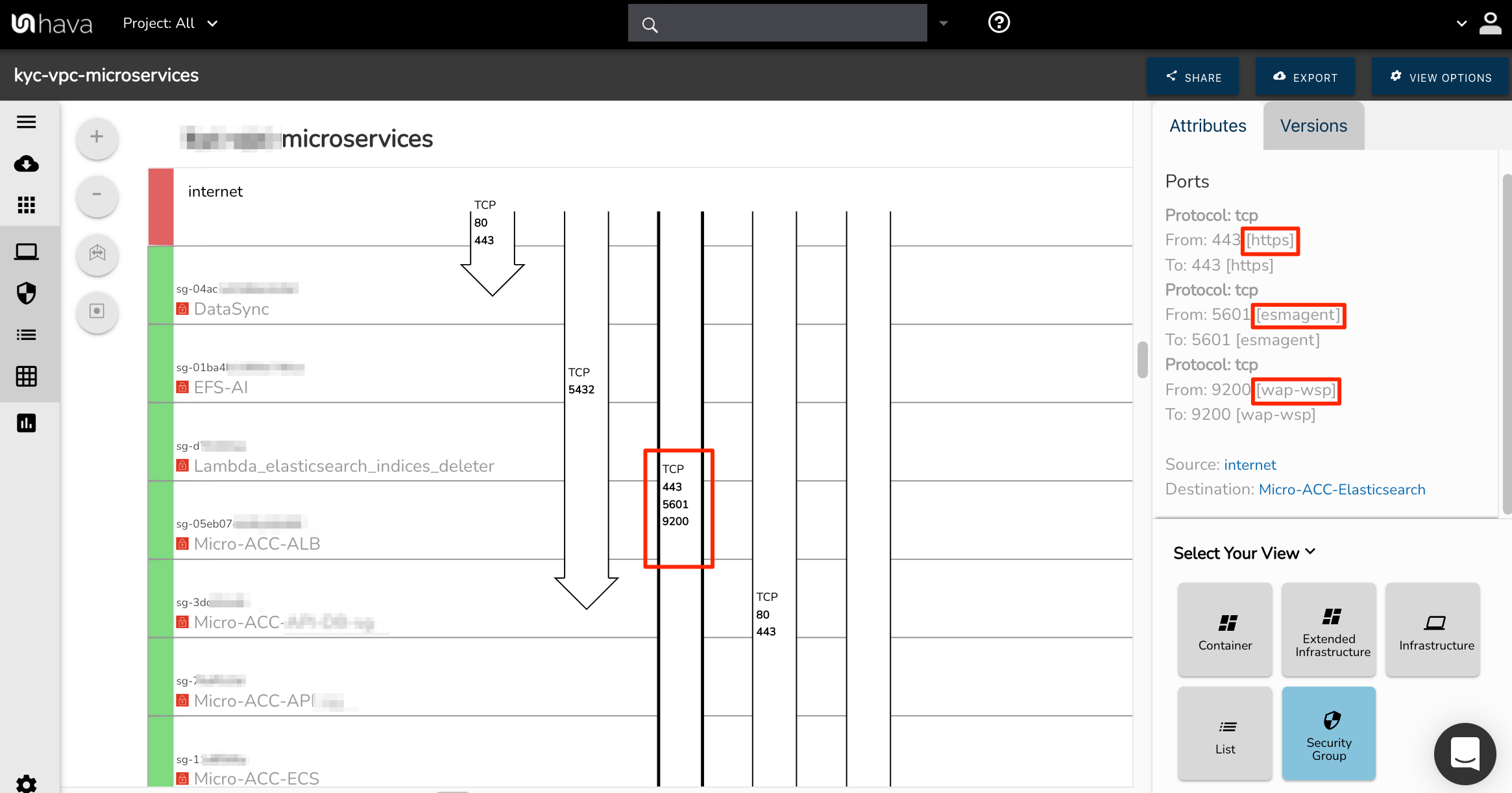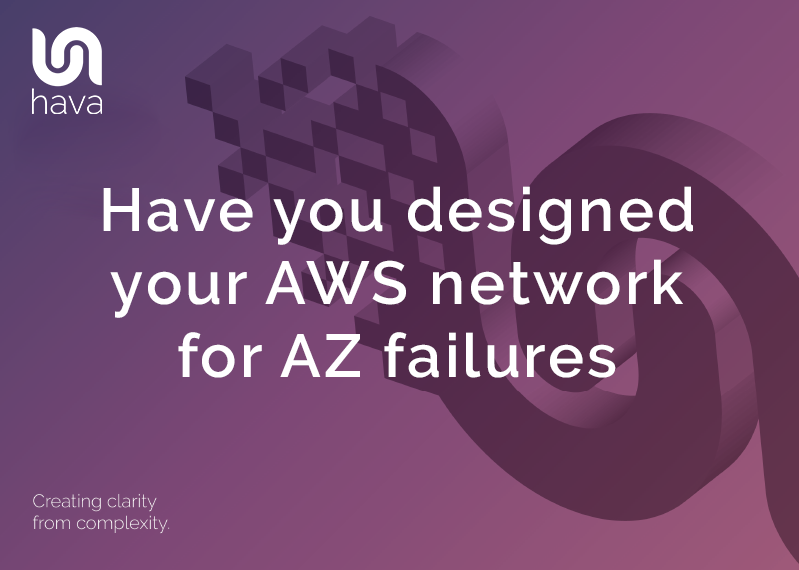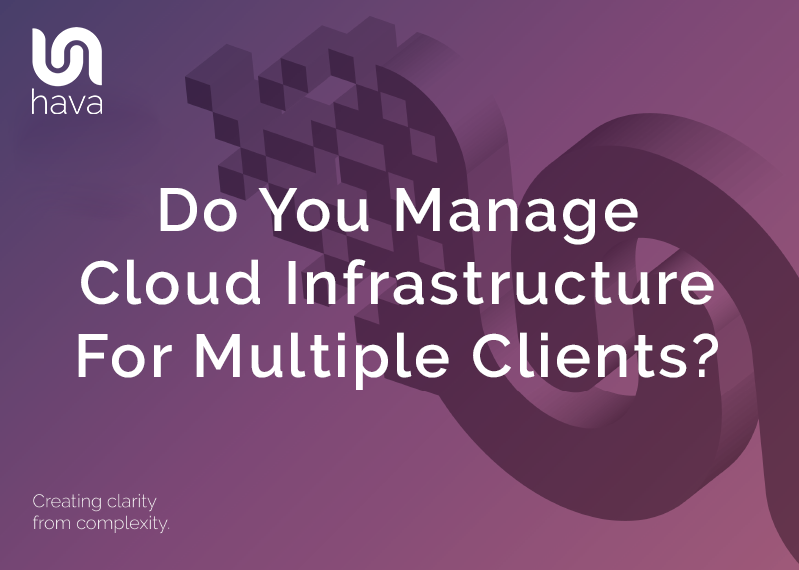
If you are looking after cloud infrastructure for multiple clients, the first thing you want to look at before starting to troubleshoot a reported issue is the current state of the client's network infrastructure.
Let's face it, if you are responsible for more than a couple of networks, remembering exactly how they hang together is a challenge.
Everyone always has the best intentions of maintaining up to date network diagrams and documentation to help during a crisis, but in the real world if you have to manually draw and update diagrams, or manually trigger an automated system to refresh diagrams, it just won't get done.
Whether you're a consultant with a handful of accounts or a Managed Service Provider with hundreds of cloud accounts under management, unless your diagramming strategy isn't fully automated, you can almost guarantee an up to date diagram of the network you need to fix won't be available when you need it.
You can of course generate a new diagram before starting to diagnose the issue, but that's going to include the potential problem or be missing resource instances that should be there but are no longer present.
The major advantage of automated diagram solutions like Hava that require no manual intervention to update diagrams and capture changes is that you always have an audit trial of changes made to your client's infrastructure. That's if you connected their cloud account to your Hava data sources.
If you are relying on manual diagrams (that never get done) or manually invoking a refresh of an automated diagram tool, all the changes made to the infrastructure in between refreshes are lost. Resources may have been added, then removed that are the source of the problem you are trying to track down and you have no way to easily identify what happened apart from maybe some long hours trawling through console logs investigating changes.
Whereas with Hava, all the changes detected in your client's infrastructure are captured when they are detected by the diagram auto update feature. When a change is detected, a new diagram is generated and the superseded diagram is placed in version history. Which means, if the network topology changed four times since you last looked, not only do you have the current 'live' diagram reflecting what is running now, but you also have three other historical diagrams in versioning showing the changes made.
From there you can compare diagrams side by side to get a visual prompt of the changes, or you can export csv or JSON data to programatically diff the diagrams and resource metadata to identify changes in resources and resource settings.
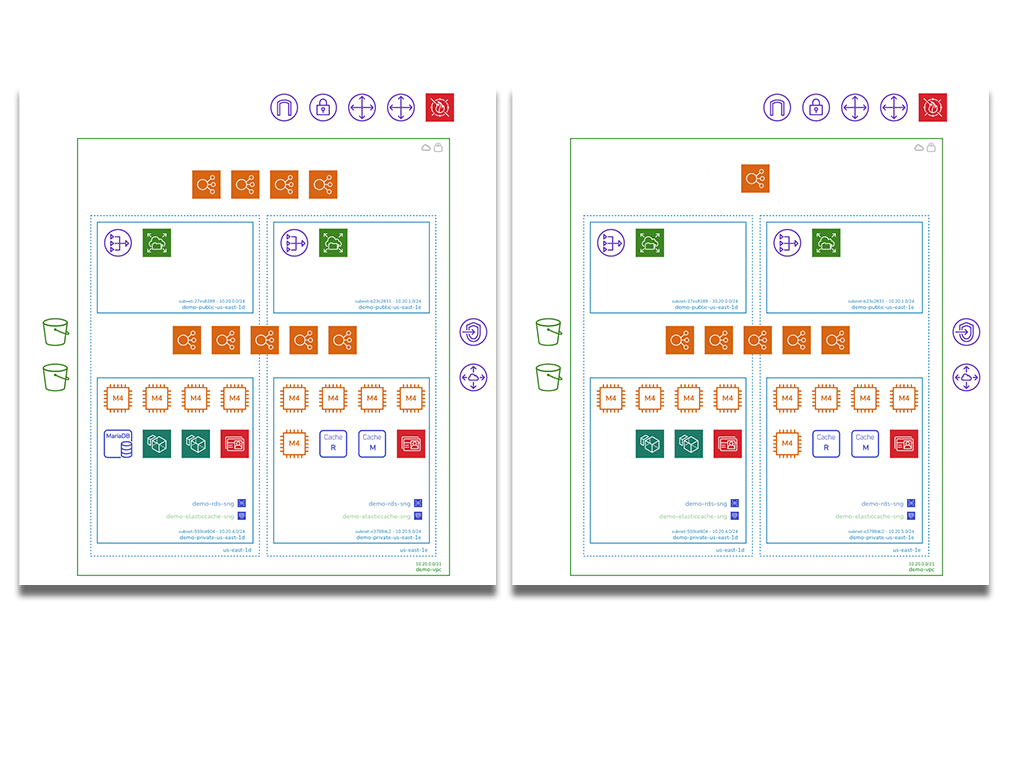
If you are managing AWS, Microsoft Azure, GCP infrastructure or stand alone Kubernetes Cluster workloads, you can stop worrying about or spending time keeping your client's network documentation up to date by adding Hava to your toolkit.
Hava automatically generates:
AWS Infrastructure diagrams.
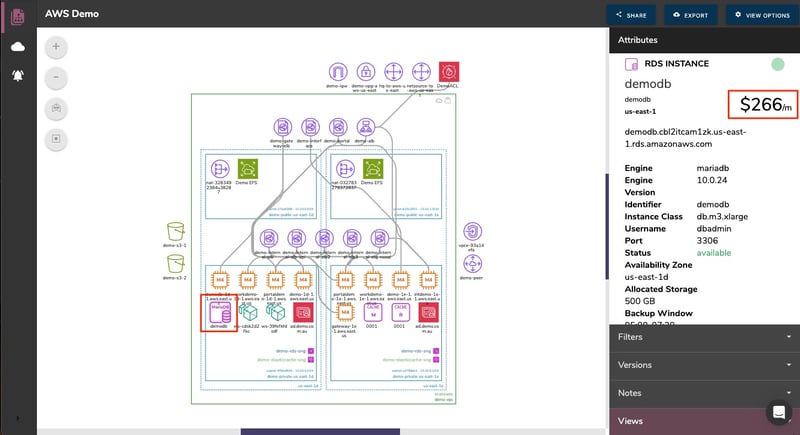
AWS Security Group Diagrams
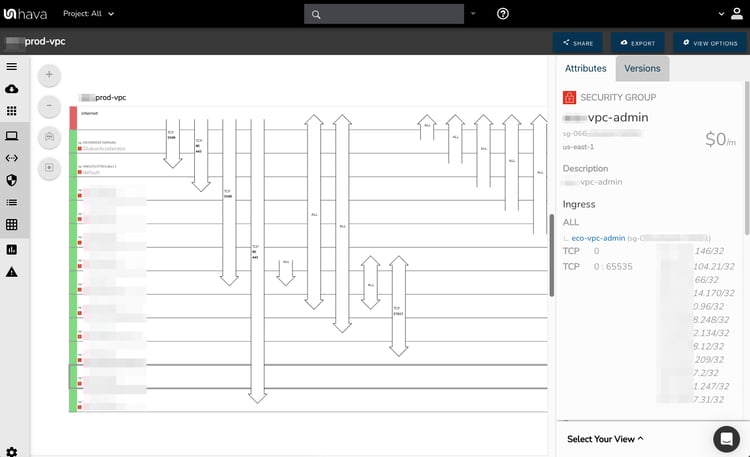
ECS Container Diagrams
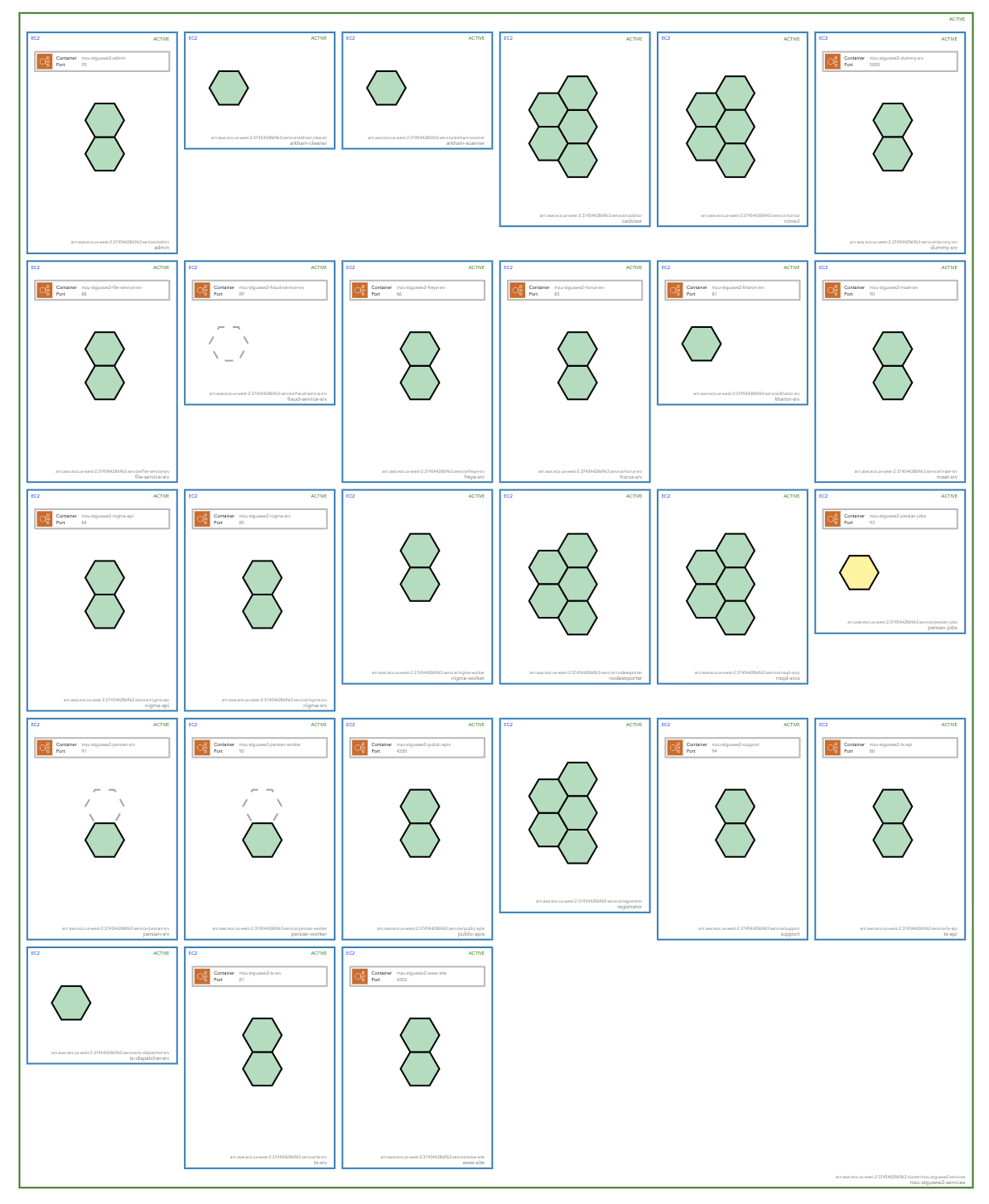
Azure Infrastructure Diagrams
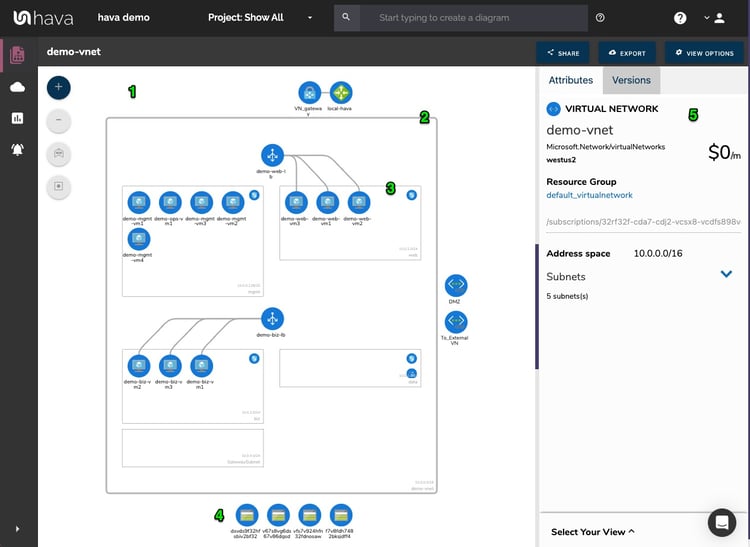
Azure Security Group Diagrams
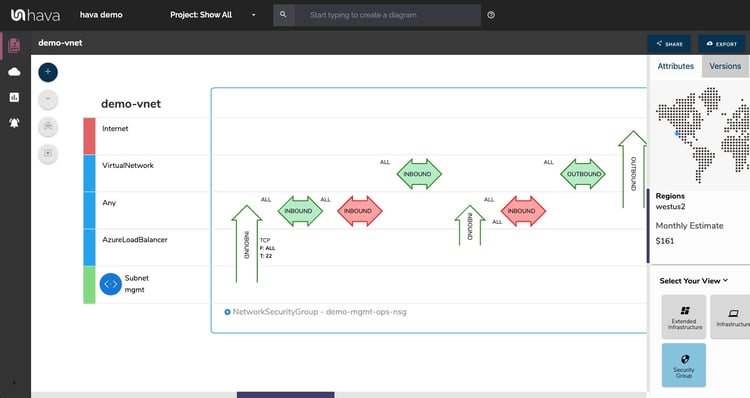
GCP Infrastructure Diagrams
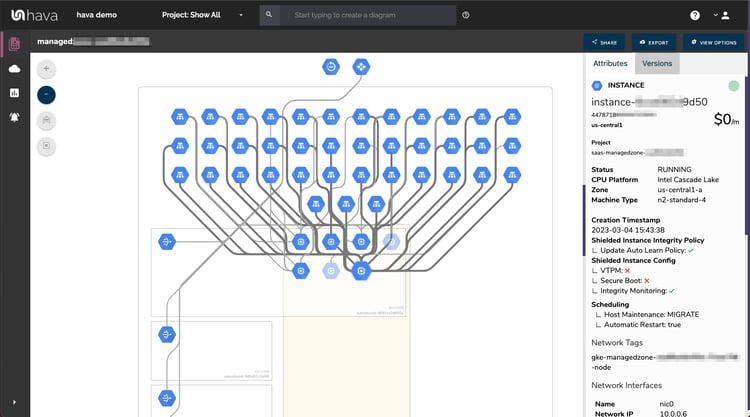
Kubernetes Cluster Diagrams
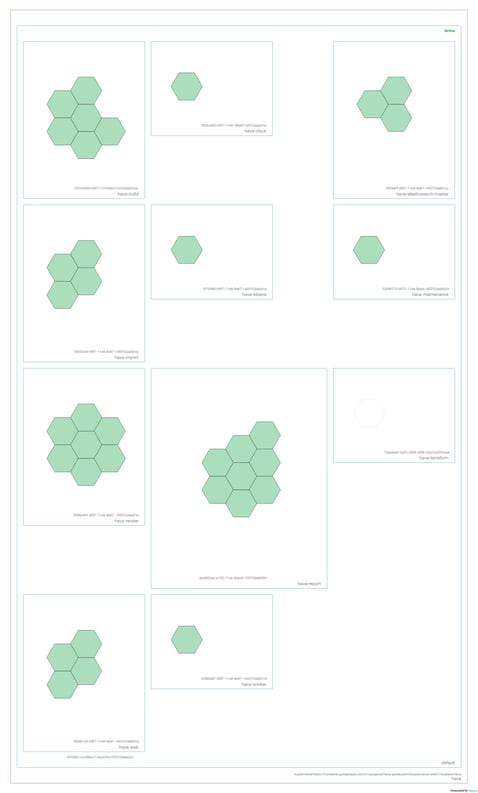
With a lot of clients to manage and networks that can possibly contain hundreds or thousands of resources, the more concise and clear your diagrams are, the easier it is to understand what is going on with a network. This means you can respond faster and ultimately provide better support to your clients.
Hava keeps diagrams clear and concise by placing all the metadata related to a resource on a side panel attribute pane instead of attempting to place the key settings on the diagram. The diagram canvas is interactive, by selecting a resource icon on the diagram like an EC2 instance or a database, the attribute pane changes to display all the key information related to the selected resource.
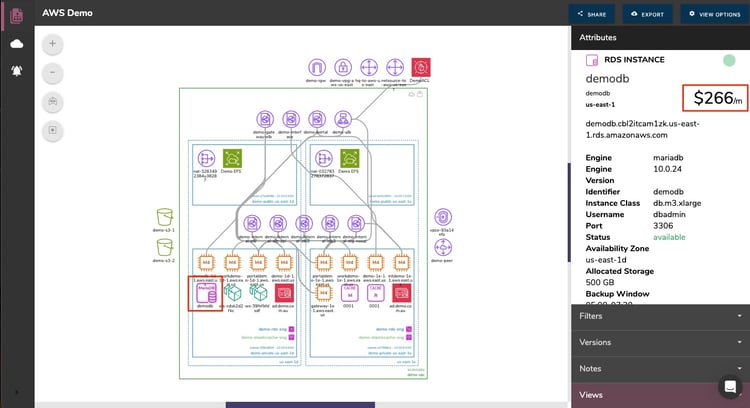
Hava is available as a SaaS solution where you connect cloud accounts via read only credentials and in the scenario where security policies or corporate governance prevent connecting third party tools to a cloud account, Hava is also available as a self-hosted package with no call-home connectivity.

If you are still burning your valuable time manually updating client network diagrams or you are continuously going into to battle without the benefit of clear up to date network topology diagrams we'd like to invite you to try Hava.
You can do so, by following the button below or getting in touch with our team via chat or email if you have questions.




